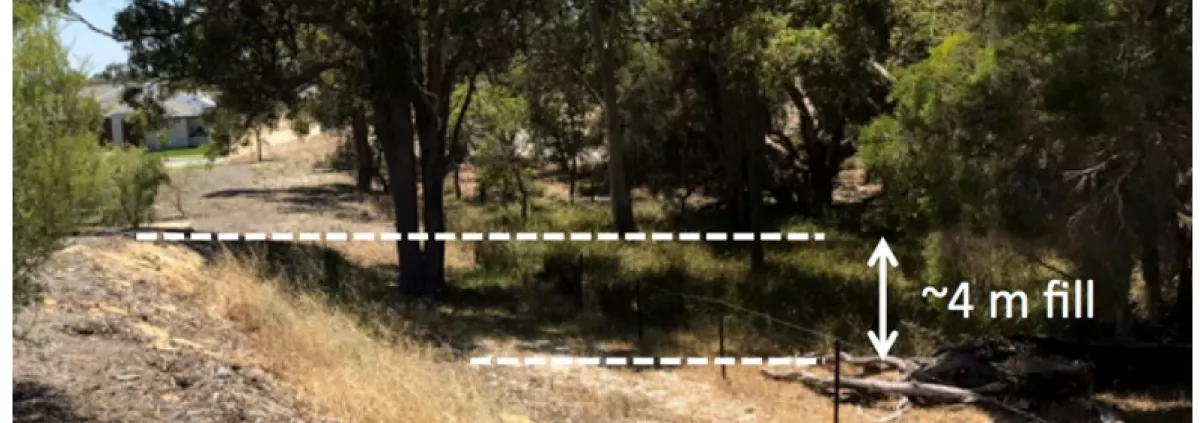Published in two parts, Thompson et al., (2021) investigate the combined impacts of storm-water and groundwater flooding in Perth, Australia.
Part 1, describes “high” groundwater areas (i.e. where the groundwater is less than 4 m below ground) as representing an important challenge for residents, real estate developers, and public authorities. High groundwater is an indispensable resource supporting wetlands and vegetation.
Yet current knowledge and management practices are lagging in their ability to maintain the benefits to hydrologic and ecologic systems, while reducing risks to urban infrastructure and open space. An Expert Panel was convened by the Cooperative Research Centre for Water Sensitive Cities (CRCWSC) in 2019-2020 to gain a better understanding of current practices for monitoring, modelling, and managing groundwater levels in urbanising sites.
The study consisted of a literature review, followed by site inspections and in-depth interviews with water industry professionals from local government authorities, consulting firms, state government departments, and researchers based in Western Australia. Consultation was also undertaken with four urban development/water industry representative groups.
The recommendations resulting from the investigation include a three-tier risk hierarchy indicating minimum modelling requirements for low-, medium- and high- risk sites. Improved groundwater management practices in Western Australia could not only mitigate impacts on public and private property but could also serve as guidance to other areas across the world, from Seattle to Taipei, where development of high groundwater areas entails similar challenges and opportunities.
Part 2 states that new land releases in the Perth Region on Western Australia’s Swan Coastal Plain are increasingly constrained by seasonally high groundwater (within 4m of the land surface).
The measurement, modelling, and management of the effects of urbanisation in these high groundwater environments remains a challenging problem. To address this problem, the Cooperative Research Centre for Water Sensitive Cities (CRWSC) funded the “Knowledge-based water sensitive city solutions for groundwater impacted developments” Integrated Research Project, IRP5.
In 2019, the project convened an Expert Panel to assess best-practice, and make recommendations to land development, engineering consulting, regulatory and advisory stakeholders. The Expert Panel explored strategies for groundwater risk assessment and provided technical guidance for measuring, modelling and predicting changes in groundwater as urbanisation progresses. It also obtained extensive input from stakeholders on the need to reduce the costs and risks of urban development in sites with high groundwater.
Thompson et al., (2021) argue that, by integrating technical best-practice groundwater assessments with design innovations and reforms to governance, urban development on high groundwater sites on the Swan Coastal Plain can minimise the current reliance on large volumes of sand fill. Although challenging, shifting to a low-fill development paradigm would represent a triple-bottom-line “win” for developers, homeowners and the environment.
